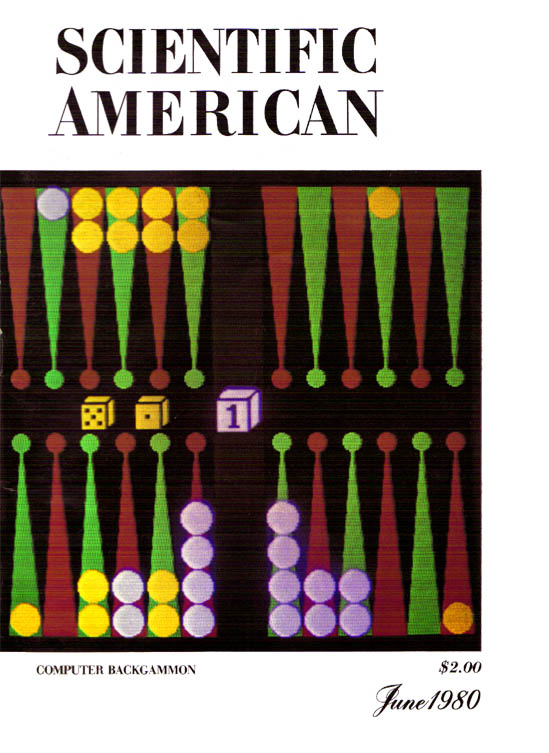For some reason, the editors of the New Yorker never ask me for advice. I don’t know what they’re thinking. I would tell them this if they did: Publish an e-book of the greatest technology journalism in the magazine’s history. Have one of your most tech-friendly writers compose an introduction and include Lillian Ross’ 1970 piece about the first home-video recorder, Malcolm Ross’ 1931 look inside Bell Labs, Anthony Hiss’ 1977 story about the personal computer, Hiss’ 1975 article about visiting Philip K. Dick in Los Angeles, and Jeremy Bernstein’s short 1965 piece and long 1966 one about Stanley Kubrick making 2001: A Space Odyssey.
Another inclusion could be A.I., Bernstein’s 1981 profile of the great artificial-intelligence pioneer Marvin Minsky. (It’s gated, so you need a subscription to read it.) The opening:
In July of 1979, a computer program called BKG 9.8–the creation of Hans Berliner, a professor of computer science at Carnegie-Mellon University, in Pittsburgh–played the winner of the world backgammon championship in Monte Carlo. The program was run on a large computer at Carnegie-Mellon that was connected by satellite to a robot in Monte Carlo. The robot, named Gammonoid, had a visual-display backgammon board on its chest, which exhibited its moves and those of its opponent, Luigi Villa, of Italy, who by beating all his human challengers a short while before had won the right to play against the Gammonoid. The stakes were five thousand dollars, winner take all, and the computer won, seven games to one. It had been expected to lose. In a recent Scientific American article, Berliner wrote:
Not much was expected of the programmed robot…. Although the organizers had made Gammonoid the symbol of the tournament by putting a picture of it on their literature and little robot figures on the trophies, the players knew the existing microprocessors could not give them a good game. Why should the robot be any different?
This view was reinforced at the opening ceremonies in the Summer Sports Palace in Monaco. At one point the overhead lights dimmed, the orchestra began playing the theme of the film Star Wars, and a spotlight focused on an opening in the stage curtain through which Gammonoid was supposed to propel itself onto the stage. To my dismay the robot got entangled and its appearance was delayed for five minutes.
This was one of the few mistakes the robot made. Backgammon is now the first board or card game with, in effect, a machine world champion. Checkers, chess, go, and the rest will follow–and quite possibly soon. But what does that mean for us, for our sense of uniqueness and worth–especially as machines evolve whose output we can less distinguish from our own?•
Tags: Hans Berliner, Jeremy Bernstein, Luigi Villa, Marvin Minsky

